When new technologies are more important than fundamentals: why the “bendable” Samsung Galaxy Fold turned out to be a failure
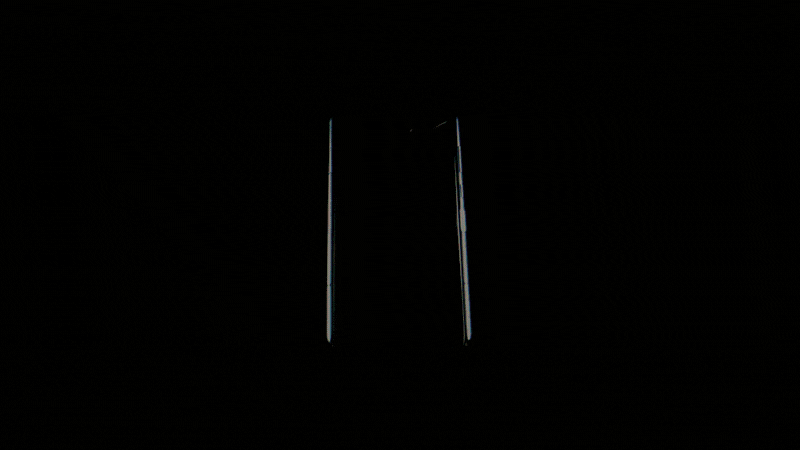
Galaxy Fold - a device with a 7.3-inch screen, which folds in half and becomes compact, many seemed a real dream. A good tablet in the form factor of a smartphone! And for such a high price ( $ 1980 in the USA ), one could expect superior quality. For example, Samsung reported that the flexion-extension mechanism was tested for 200,000 iterations. Buyers in the United States, especially the non-poor tech geeks, were ready to accept the novelty.
Unfortunately, it did not work out . A couple of weeks before the release of goods to buyers, several dozen publications and popular American bloggers received a device for review. Immediately three of them - Michael Fisher, Blick and TheVerge - in a few days reported that their smartphone broke.
The company had to withdraw all devices, and refuse to release them in China, which was to be held in just a couple of days. Some have already compared the fiasco with the Galaxy Note 7, the batteries of which began to explode due to squeezing of the battery. Billions of dollars spent by the company on the development of the device may be flushed down the toilet.
The other day iFixit published its detailed analysis of the device, and the problems turned out to be quite ridiculous (and sad). Having inserted the most anticipated and high-tech new technology into its device over the past few years, the company managed to forget a few of the fundamental rules of smartphone construction.
What is the problem?
After a few days of using several Galaxy Fold reviewers (who handled the device as carefully as possible), a small knob appeared in the center of the screen, in the bend. Quite small, but with a finger, it is quite noticeable, and it is noticeable to the eye that distorts this area of the screen when the smartphone is turned on. Someone tried without effort to “push” this thickening back, but it did not give in: something propped it up from the bottom. Some have suggested that this is a broken flexion mechanism — the one that was supposed to work 200,000 iterations.
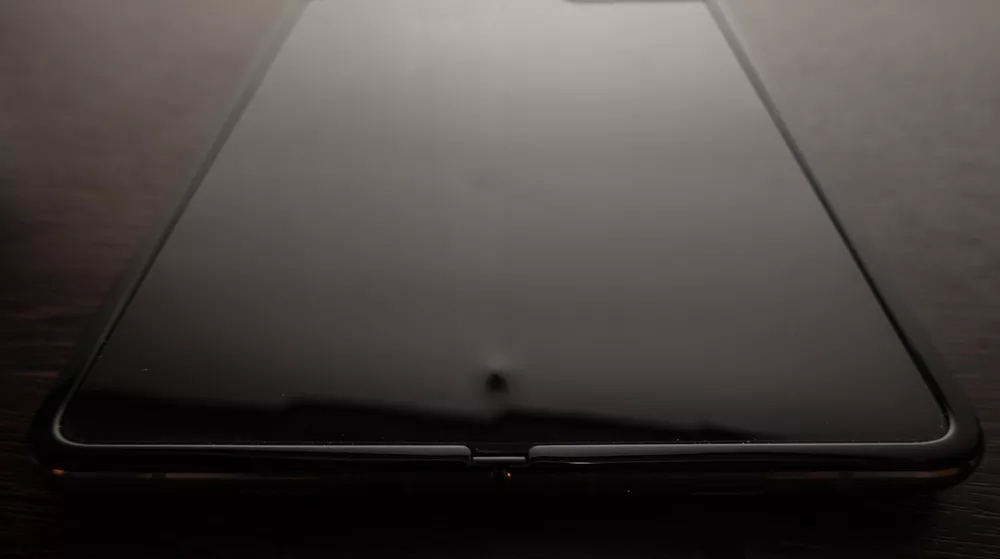
It would be possible to forgive a small knob on the display to such an innovative device if it were not for one “but”. It is located in the most actively used place. And if you continue to close and open the smartphone, it constantly rests on the screen, which over time, in a few days, inevitably leads to breakdowns.
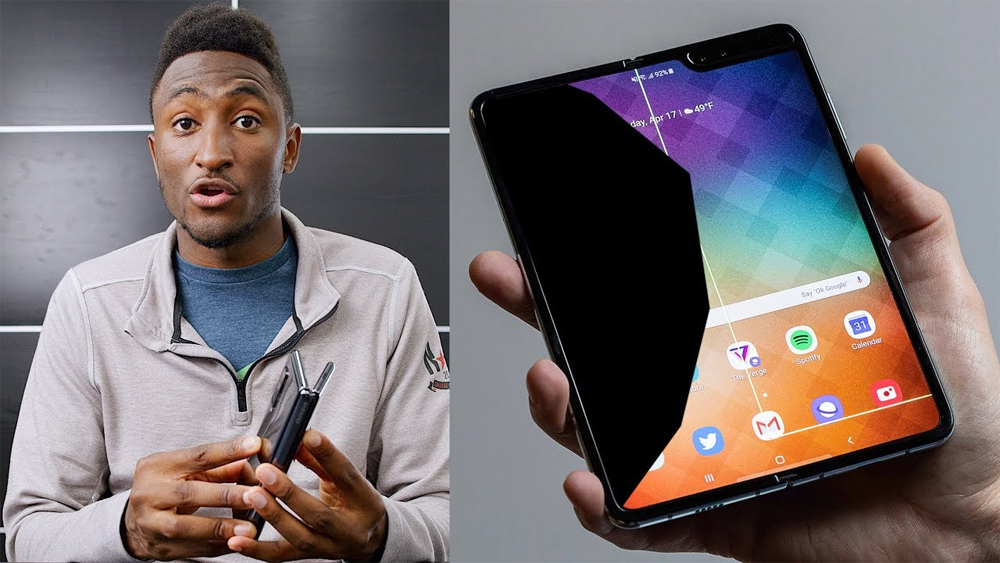
')
For many other journalists and bloggers, the problem was even more serious: the screen just broke! Bloomberg, Steve Kovach, Marques Brownlee posted photos and videos with their smartphones, which had part of the display in black or showed ripples. To work with such a device, in fact, it became impossible.
From where
Now, thanks to the detailed disassembly of the device from iFixit, the reasons are beginning to clear up. For example, it becomes clear that what is bad about the hinge, allowing the screen to bend, surveyors thought in vain. It is strong, made very well, and did not break. The problem was that the smallest particles of dust or debris accumulated in the gap under the mechanism, gradually moving into the space under the screen as it worked.
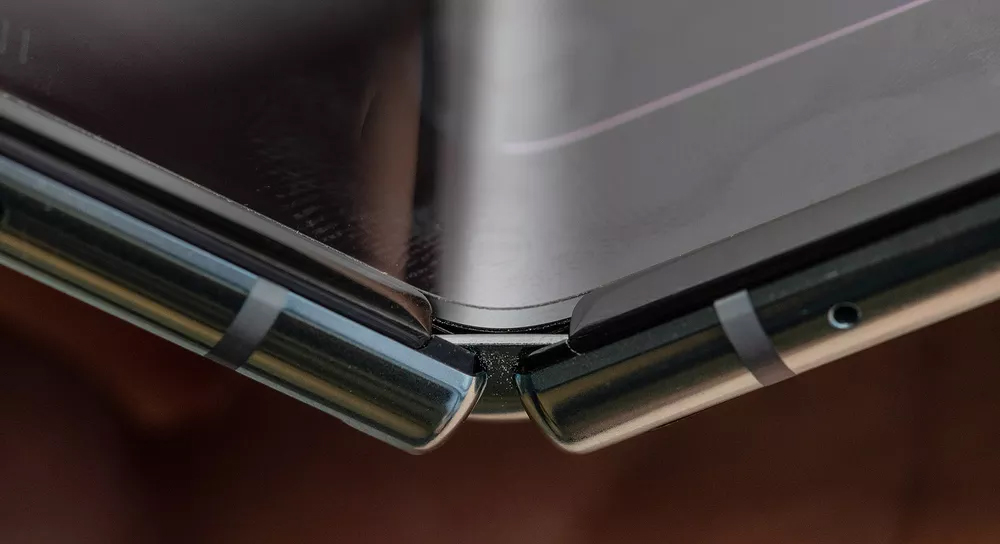
That is, Samsung has made every effort to ensure that its fold device works as it should. But I forgot to put the bottom of the Galaxy Fold cap, so that dust does not penetrate into it! Down at the fold of the device is just a small hole. And since the OLED screen is an extremely delicate thing, especially if it is not protected by something like Gorilla Glass, even such trifles turned out to be enough.
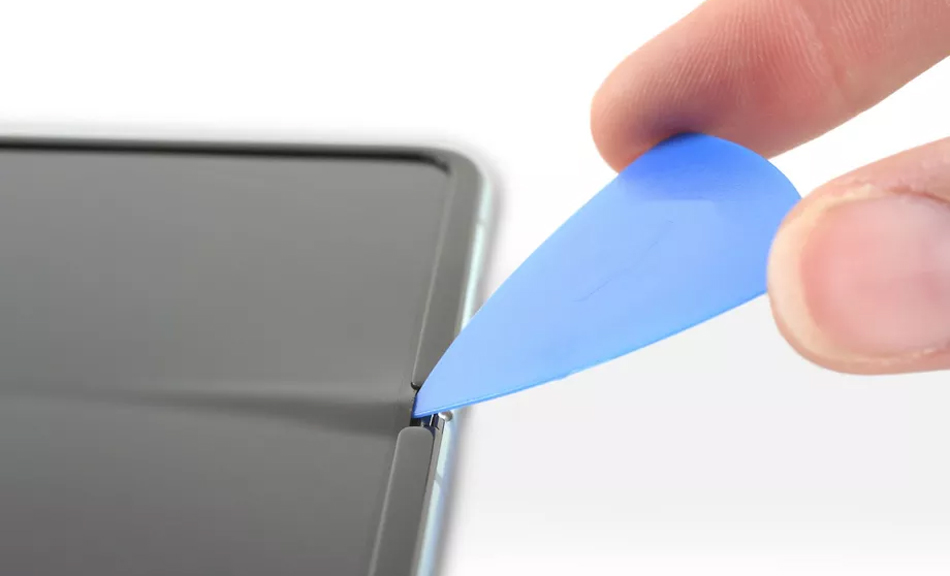
If the company closed the hole at least with some kind of flexible plastic for a penny, problems with a sudden tubercle might have been avoided. Gaps are also present at the back, also along the opening-closing mechanism. Right behind them is enough empty space so that the fine dirt can comfortably sit, waiting for his chance. No wonder the device does not even have an IP rating of protection against dust.
The bend device itself, on parsing iFixit, looks very durable, and the claimed 200,000 operations performed by the Samsung machine can withstand, perhaps, that is, the company did not deceive anyone. But now it becomes clear that 200,000 iterations are a mechanism . The smartphone itself, no one so many times bent, otherwise some of the problems would have to appear. Plus, it seems, the Samsung machine, which tested the display, exerted a uniform load on all parts of the screen, and did not work as a regular user. That is, the company's tests did not meet the actual operating conditions.

Why not identify problems with clogging mud? Probably due to the too sterile environment in which the phone samples were tested at the factory. According to iFixit, if the user clicks on the place of the bend, where pollution has fallen, the phone is damaged with almost 100% probability. The conclusion is simple: there was simply no fine dust and dirt around the test samples.
As for even more serious problems with the black / rippling screen, which Bloomberg, Marques Brownlee and others faced, they simply removed the protective film from the display. Very similar to the adhesive plastic that comes with other Samsung gadgets, which can be removed before use. Only in this case, it turns out, it soon completely breaks the screen, again, due to uneven pressure on it.
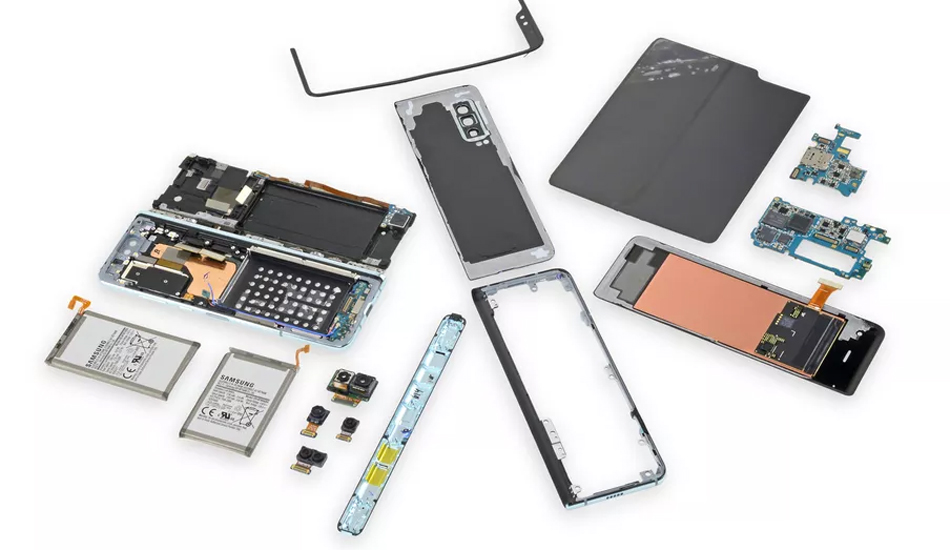
How could you guess? There are no warnings about this either on the boxes, or on the devices, or in the instructions, and even the surveyors who follow the world of smartphones did not know about it. Moreover: in the left corner of the screen this film does not fit snugly, and it may seem that it needs to be removed. If Samsung wanted to ensure that no one would remove it, it could hide the edges of the film under the screen, or issue a warning.
But this is not all. With some devices there is another problem: uneven scrolling of the screen. The left side moves slightly faster than the right. Apparently, the reason is that the display iron, unlike standard smartphones, is located mainly on the one hand, and not above or below, as in standard smartphones (this is also noticeable in the iFixit analysis). It is difficult to see the presence of this delay effect, but then it cannot be seen.
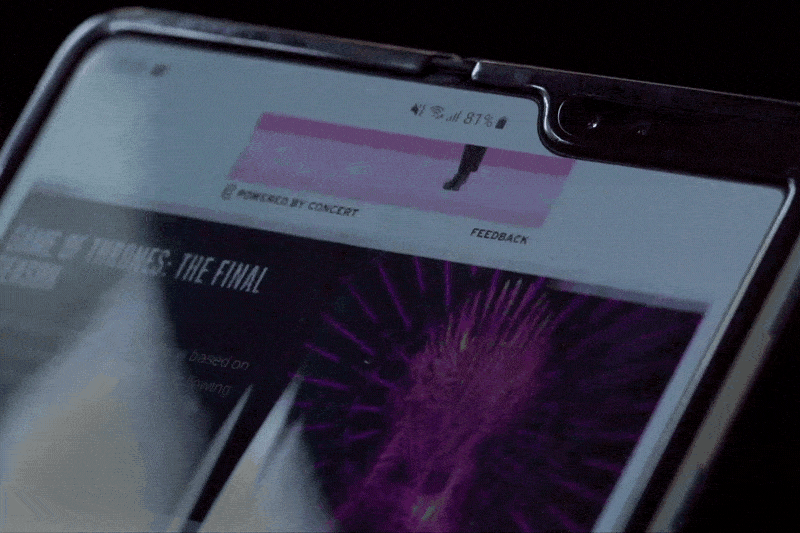
We are used to worrying about scratching expensive gadgets or worrying about small garbage, which causes malfunctioning buttons on the keyboard for cheap MacBooks. But pieces of dust that distort the screen of the new smartphone, which cost $ 1980 after one day of use, are a new level.
Judging by the data of iFixit, proper testing of smartphones in conditions close to reality, as well as a description of the features of their operation would help keep the devices in working condition and avoid a wave of criticism. Now it may be too late.
To fix the problems is actually not difficult, but buyers, after devastating reviews, are unlikely to give the gadget a second chance, especially given its high cost. This may put into question the future of all smartphones with bending displays. Galaxy Fold now risks going down in history as another overly ambitious project that thought first of all about the prospects of a new technology, but forgot about pragmatism.
PS Buying in the US is profitable with Pochtoy.com. Delivery with us - from $ 11.99 per pound. For new customers , we even pay extra for shares ! $ 1 bonus for every kilo shipped. And after Habr's readers, after registration, they receive a 7% discount on delivery using the HABR code.
And if you would like, on the contrary, to sell goods in US stores, we now have a new service for this - fulfilment .
Update : links to parsing iFixit are no longer working, this morning at the request of Samsung they removed it from their site. You can see in the web archive .

Source: https://habr.com/ru/post/449604/
All Articles